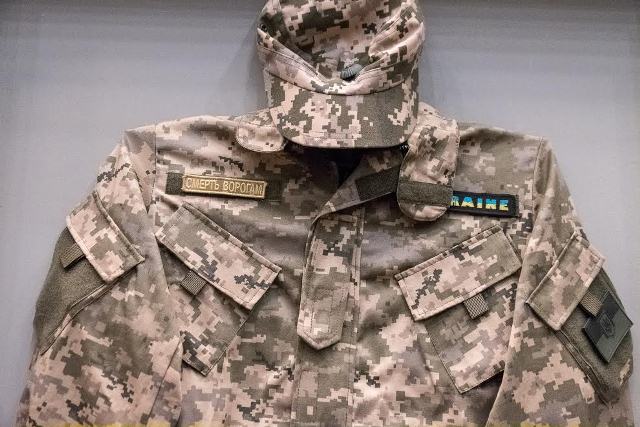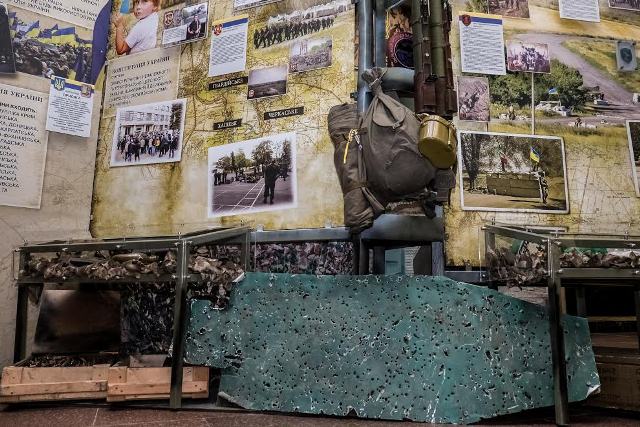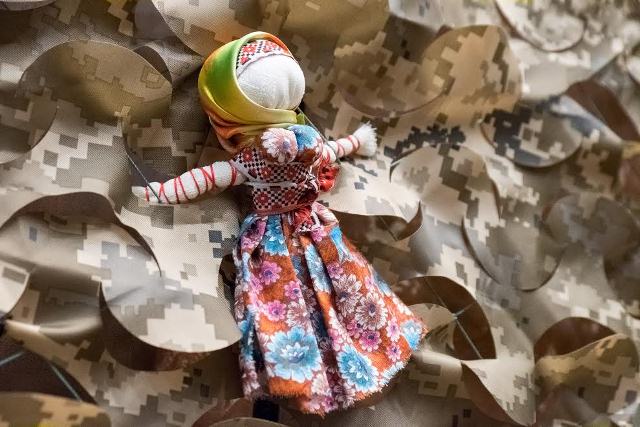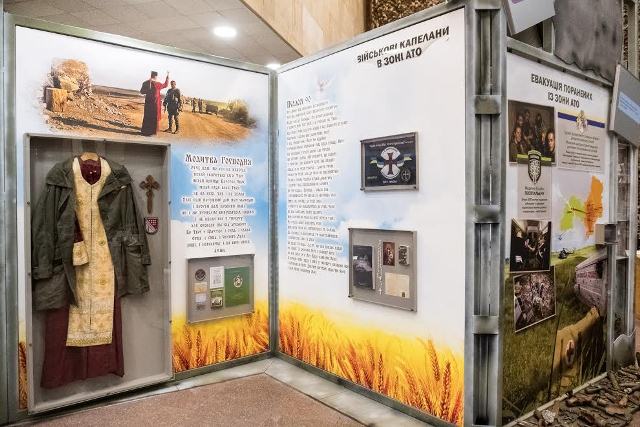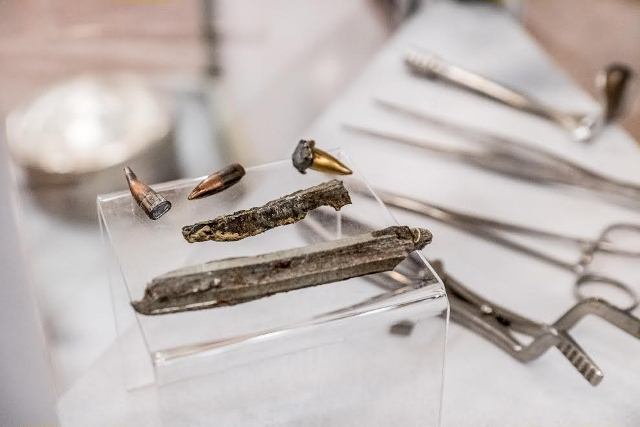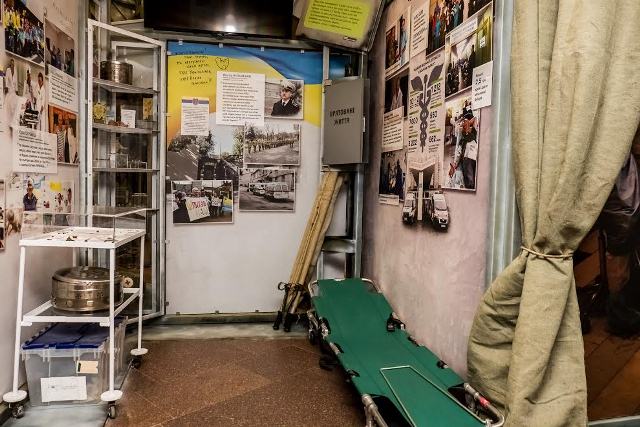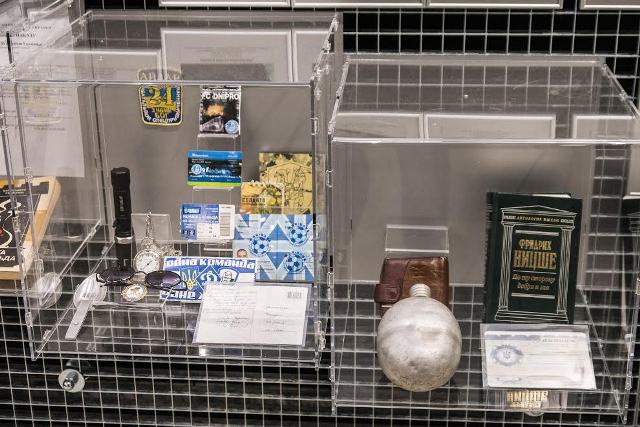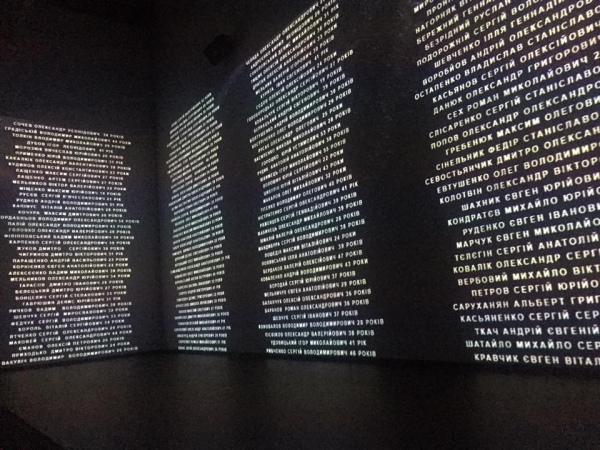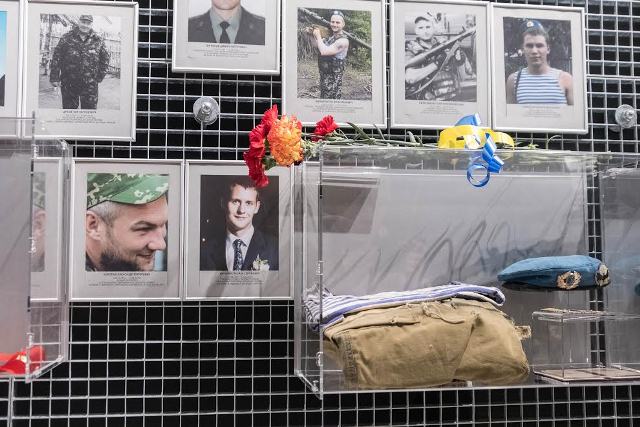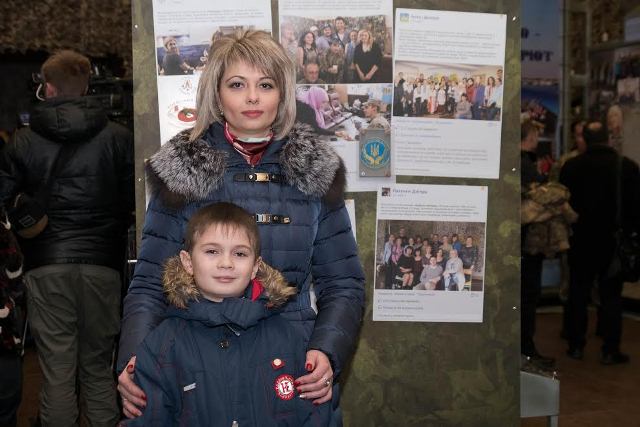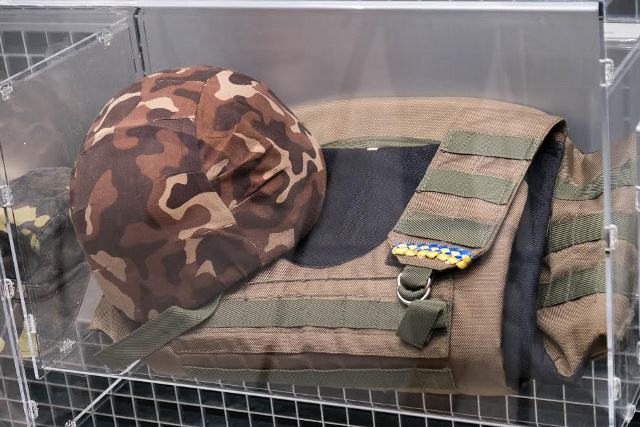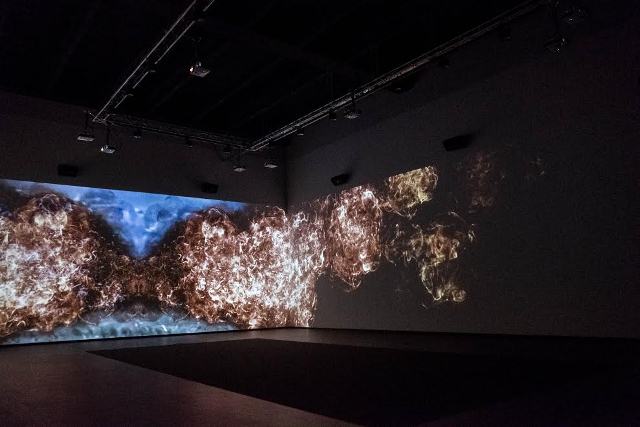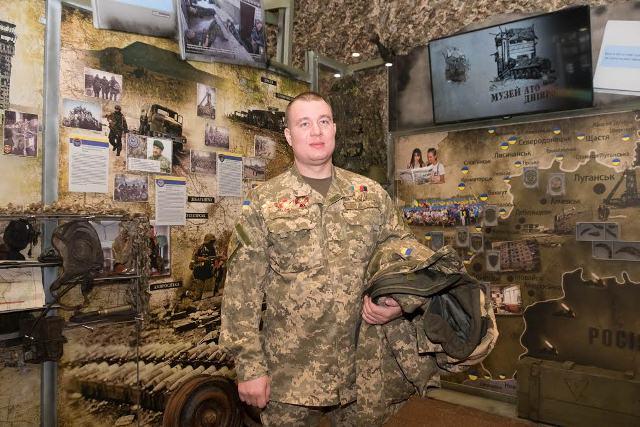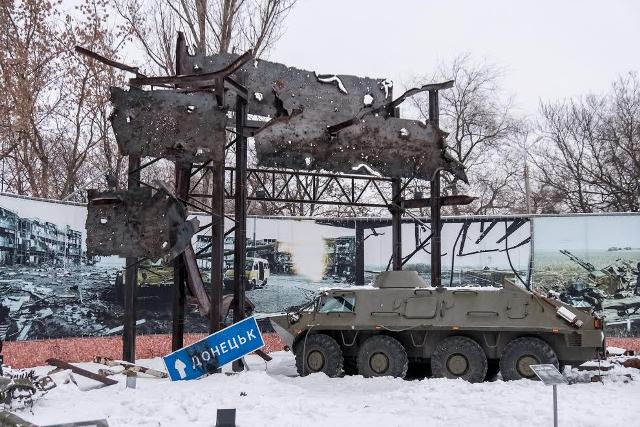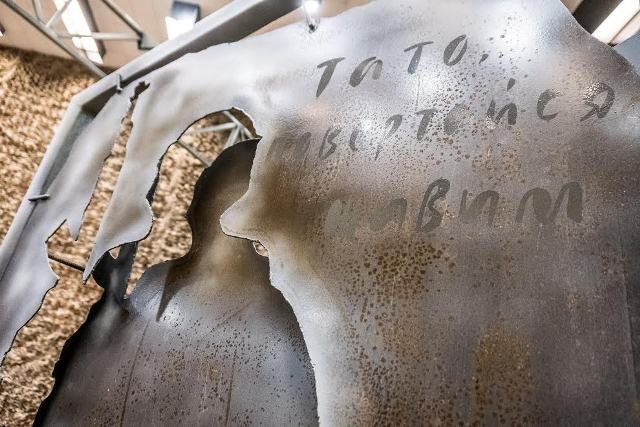About 2000 artifacts in 3 halls will tell the history of the Donbas war in the first Ukrainian museum of the Anti-Terrorist Operation. It opened in Dnipro, a city in central Ukraine which was under threat of Russian intervention after the Euromaidan revolution as well as Crimea and Donbas, but withstood and became an eastern outpost of Ukraine’s independence.
Read also: Meet the people behind Novorossiya’s grassroots defeat
The full name of the museum is “The Civilian Endeavor of the People of Dnipropetrovsk Oblast.”
The military conflict in Donbas involves not only soldiers and displaced persons. It also includes thousands of volunteers, doctors, and families of those who went to war and children who were one of the main reasons for Ukrainians to stand up for their country. All these people have been honored in the museum.
“Dnipropetrovsk Oblast citizens were among the first who united and started to defend the independence of the Fatherland. Some went to the frontline as volunteer soldiers, some became [civilian] volunteers, some left their hospitals to treat soldiers on the front line. The exposition of the ATO Museum is devoted to a feat of every citizen of the oblast . The exhibition preserves the history of victories and the pain of losses. It is about all of us,” said the head of the Dnipropetrovsk Oblast Council Valentyn Reznichenko.
Read also: Two years of war in Donbas through the lens of one hospital
The artifacts are placed in 3 halls.
The first one contains different items of the citizens of Dnipropetrovsk Oblast who has made a contribution to defending Ukraine. There are medical instruments, chaplains clothing, volunteers chevrons, posters of volunteer’s events, war correspondent’s photos and children’s drawings.
“No one was forgotten in this exposition. Nor soldiers, neither volunteers and doctors. It has to be so. Ukrainians should see that it were just ordinary citizens as they are – with open hearts and kind eyes – who fought,” expressed his thoughts Yevhen Mezhevikin, the commander of a tank battalion and a Hero of Ukraine.
The photos of half of a thousand of fallen heroes are placed in the second hall. There are also the things they loved – letters from their loved ones to the frontline, books, chess, and icons.
“I gave my husband’s body armor and his personal helmet hit by an enemy bullet to the museum. These items are dear to me, but I do not regret that I donated them. People have to see the price of peace in our home. I will come to the museum with my son. He knows that his father is a hero,” said Svitlana Guba, the wife of a soldier who was killed in the ATO.
The third hall is a multimedia one. It moves you directly to the events in Donbas. For that the organizers prepared panoramic documentaries which are shown on four walls.
“When I look at the black walls which are covered by the names of dead, I repeat to myself for many times: ‘they used to be alive’. All of them were alive. Every particular life, whole personal profiles, hundreds of papers in the state agencies confirm that they really existed. All of it now is a keepsake,” the soldier Masi Nayem shared his thoughts.
Also the museum contains the outside exposition which was opened last year. So far the museum doesn’t have its own premises. Now it is located in the building of Yavornytskyi Historical Museum.
Over two and a half years, the aggression of the Russian Federation against Ukraine in Donbas has taken about 10 thousand lives, including 3 thousand soldiers and at least 68 children. Despite the Minsk Agreements which are called to settle the situation, shelling in the conflict zone is ongoing. So it’s likely that the exposition devoted to this war will expand. A bitter fact is that at some historical museums in Ukraine the artifacts devoted to the conflict in Donbas laid next to the ones devoted to the World War II. During 1941-1945, Ukrainian and Russian soldiers were fighting against Nazi Germany together. More than 70 years later, they are fighting against each other.


